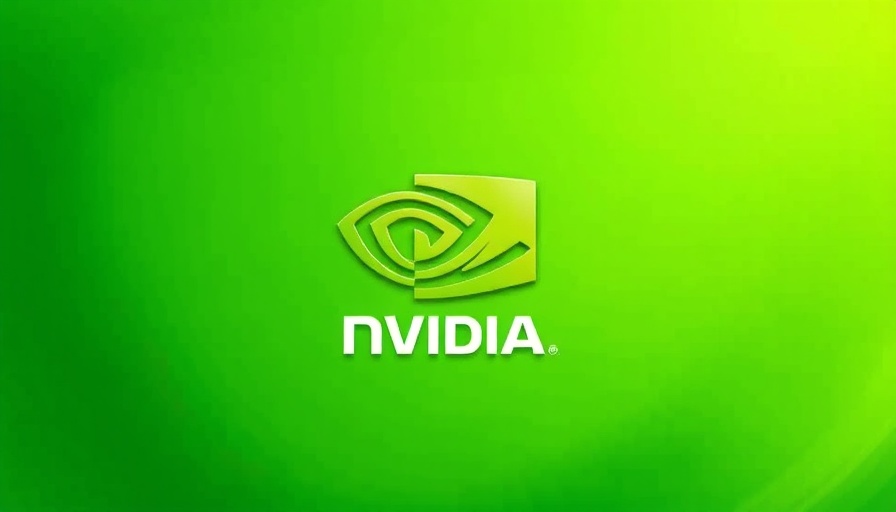
Understanding the Impact of AI Chip Export Restrictions
As concerns over national security and global technological competitiveness rise, the U.S. Senate has passed legislation that could reshape the landscape for both major AI chip manufacturers and their investors. This move primarily targets giants like Nvidia and AMD, compelling them to prioritize American companies over foreign orders, particularly from China. These restrictions come in light of a broader agenda to enhance U.S. dominance in critical technologies while curbing the influence of foreign adversaries.
The Legislative Journey and Key Players
Referred to as the 'GAIN AI' legislation, this bill quickly garnered bipartisan support; it was co-sponsored by Senator Elizabeth Warren and Senator Jim Banks. Their positions highlight the balancing act between fostering innovation domestically while ensuring that U.S. companies have uninterrupted access to cutting-edge technology. Warren emphasized this crucial point, insisting that smaller enterprises should not be left waiting behind larger tech corporations when it comes to purchasing vital AI chips.
Despite the swift passage in the Senate, the future of this provision remains uncertain as the House had already approved its version of the National Defense Authorization Act (NDAA) without the export-control measures. Thus, negotiations are expected to ensue to reconcile the two versions, although time is of the essence given the rapidly evolving AI market. This ongoing legislative tug-of-war underscores the complexities of U.S.-China relations in the tech industry.
Implications for Nvidia and AMD
Both Nvidia and AMD have publicly expressed their dissent toward these new regulations, arguing that such moves may stifle innovation rather than enhance it. Nvidia has gone further to clarify that the legislation seeks to address a problem that does not exist. With the majority of its revenue stemming from U.S. sales—about 50%—the company argues that limiting their market reach could have adverse effects.
Moreover, the legislation could drive a wedge between the U.S. and China, forces already in contention over technological supremacy. The trade battle has strained previously lucrative markets for Nvidia, and as these restrictions loom, there is a palpable fear that both U.S. and Chinese consumers could end up suffering due to cascading consequences in supply chains.
The Bigger Picture: AI and Economic Competitiveness
This legislation is just one aspect of a larger narrative surrounding AI and what it means for the future of various industries. As long as the U.S. continues to prioritize its own tech industries, it could potentially lead to enhanced economic competitiveness globally. The long-term vision is one of robust development in AI technologies that bolster the U.S. economy while ensuring secure national interests.
Future Predictions: A Shifting Landscape for AI Stocks
As this situation unfolds, the stocks of AI companies like Nvidia and AMD have reacted negatively to the news of these restrictions. Following the Senate's action, Nvidia's stock has dropped by 4.85%, while AMD's has seen an even steeper decline of 7.72%. This exposes a volatile environment where investors are re-evaluating the potential profitability of AI chips amidst increased regulation. Analysts will need to monitor both legislative moves and market responses closely, as the evolving dynamics in the trade relationship between the U.S. and China may result in unforeseen consequences for the industry.
Conclusion: A Call for Awareness and Adaptation
For AI enthusiasts and investors alike, understanding the implications of these export restrictions is paramount. The evolving landscape of AI technology and legislation will dictate not only the strategies employed by companies like Nvidia and AMD but also the future usability of AI systems across the global marketplace. Tracking these developments pushes the necessity for all stakeholders—developers, businesses, and consumers—to stay informed and adapt to rapid changes in both policy and technology.
 Add Row
Add Row  Add
Add 




Write A Comment